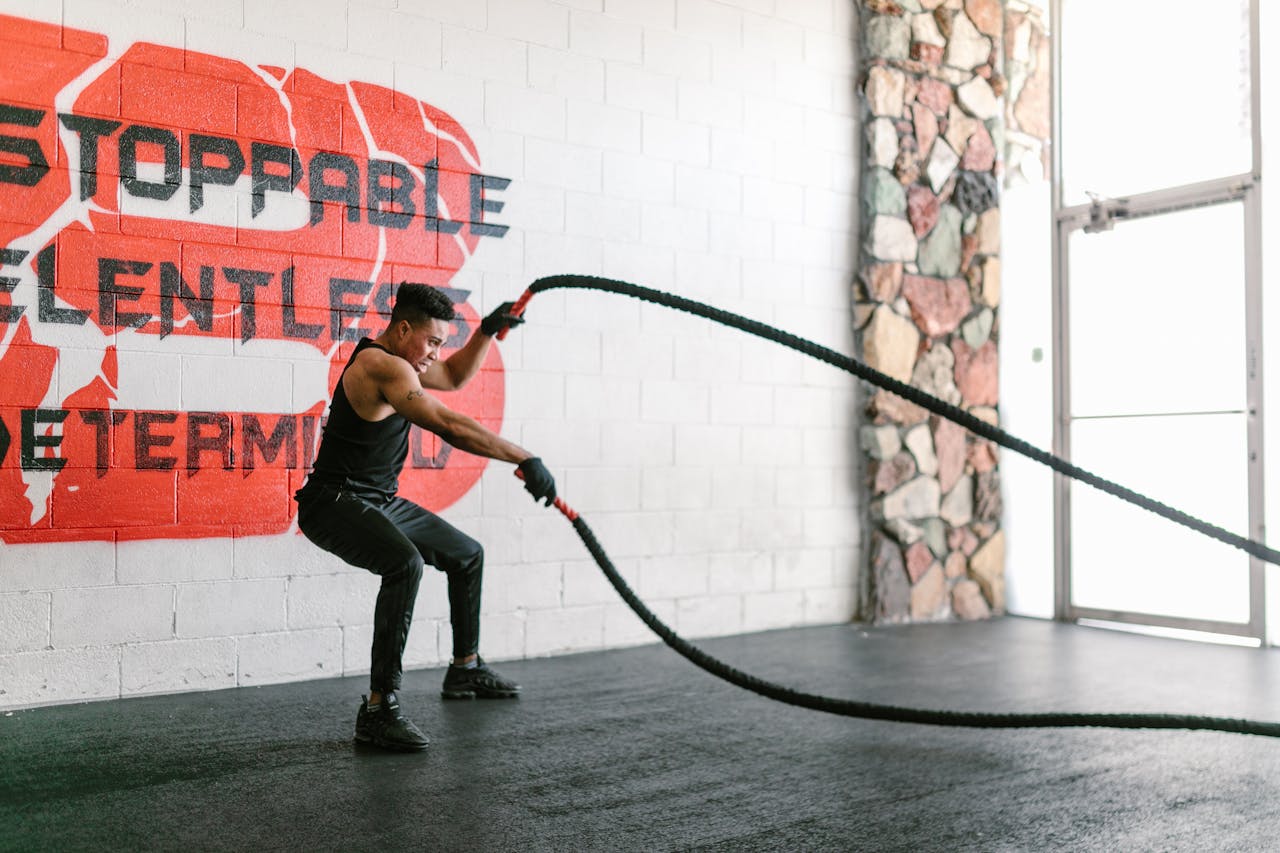
What is the difference between HIIT and LISS?
High-intensity interval training (HIIT) alternates near all-out efforts, 85-95 % of max heart rate, with brief recovery, while low-intensity steady state (LISS) keeps the engine humming at a conversational 50-65 % max heart rate. Both improve heart health, but when we zoom in on hormones, calories, and the “afterburn,” HIIT outshines its slower cousin.
Modern studies show short, intense bursts act like a metabolic amplifier for two key anabolic hormones: testosterone and growth hormone (GH).
Researchers tracking active men and women found:
- HIIT sessions trigger an immediate, temporary rise in serum testosterone, peaking within minutes after exercise and gradually tapering off.
- Endurance style LISS can push testosterone in the opposite direction when performed for long durations, especially in athletes who regularly do long-distance training.
- Growth hormone surges higher and stays elevated longer after HIIT than after LISS, helping burn stored fat for hours.
A brief hormone spike may sound fleeting, but it’s exactly the signal the body needs to protect lean muscle and ramp up fat oxidation during recovery.
Hormones aren’t the only win, either. Total calories burnt tilt toward intervals, too. Harvard’s 30-minute calorie table shows that for a 155-lb (70 kg) person:
- Running at a steady 5 mph (brisk jog) burns about 288 kcal.
- While sprint intervals averaging 10 mph bump the total to about 562 kcal. That is a 90% jump in the same half-hour!
Even on stationary bikes, intervals of vigorous pedaling outpace consistent moderate pedaling by roughly 10-15% in the same timeframe.
What really seals the deal is excess post-exercise oxygen consumption (EPOC), the elevated calorie burn while your body restores pH, repairs tissue, and replenishes glycogen, or “afterburn”.
A 2024 Scientific Reports trial monitored the amount of calories athletes burned during HIIT and LISS running, then watched recovery:
- Participants burned about 12 more calories in the first 10 minutes after HIIT and totaling 66 kcal vs 54 kcal over 30 min of recovery. This number might seem insignificant at first but it’ll stack up quickly over weeks.
- NASM’s practitioner summary notes that high-intensity work can keep metabolism elevated for up to 24 hours. Whereas, low-intensity bouts settle back to baseline within a few hours.
Think of HIIT as compound interest on your workout; calories keep accruing long after the timer stops.



